May 17, 2025 | 10:06 GMT +7
May 17, 2025 | 10:06 GMT +7
Hotline: 0913.378.918
May 17, 2025 | 10:06 GMT +7
Hotline: 0913.378.918

Reducing greenhouse gas emissions in the waste management sector by 2030. Photo: Hanoi Times.
This is a specific step in implementing Decision No. 4405/QĐ-BTNMT by the Ministry of Natural Resources and Environment (now the Ministry of Agriculture and Environment), contributing to the national goal of achieving net-zero emissions by 2050.
The plan focuses on solid waste treatment, with key activities including source separation, recycling, compost production, waste-to-energy incineration, the production of refuse-derived fuel (RDF) pellets, and landfill operations with methane gas recovery.
The city aims to enhance domestic wastewater treatment by enhancing collection, centralized treatment, and the application of methane recovery technologies.
For industrial wastewater treatment, the city is working to reduce emissions at the source and recover methane during treatment processes.
Waste treatment facilities are required to develop facility-level emission reduction plans. At the same time, the city will conduct surveys and assessments of current conditions, invest in upgrading infrastructure, and implement technical measures to control greenhouse gas emissions, especially methane.
The city is also promoting scientific research and the application of information technology in management, integrating data systems into the national environmental database. Public awareness campaigns, community education, and personnel training are considered key tasks to ensure broad societal participation.
Hanoi's Department of Agriculture and Environment has been assigned as the focal point to guide, monitor, and inspect the implementation. Various departments, agencies, district-level People’s Committees, businesses, and communities will coordinate to implement the plan comprehensively, mobilizing both domestic and international resources to achieve effective and sustainable emission reductions.
Translated by Phuong Linh
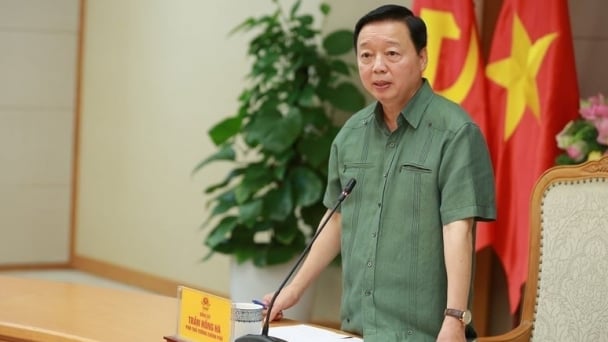
(VAN) Vietnam's draft amendment to Decree No. 156 proposes a mechanism for medicinal herb farming under forest canopies, linking economic development to population retention and the sustainable protection and development of forests.
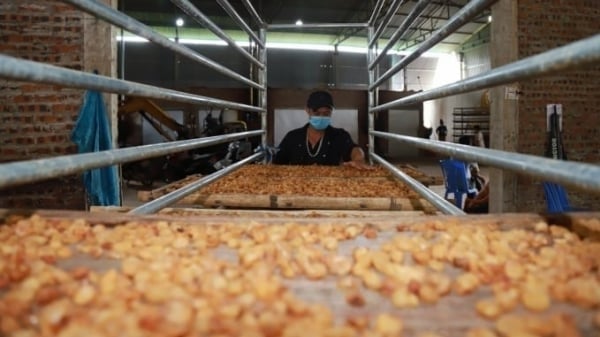
(VAN) In reality, many craft village models combined with tourism in Son La have proven effective, bringing significant economic benefits to rural communities.

(VAN) The international conference titled Carbon Market: International experiences and recommendations for Vietnam was successfully held recently in Ho Chi Minh City.
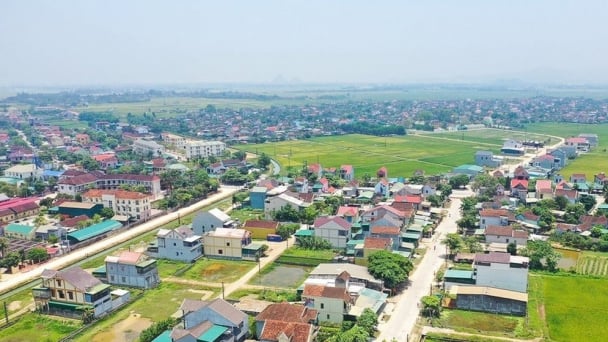
(VAN) According to the Project on rearranging provincial and communal administrative units, in 2025, the country will have 34 provinces/cities, 3,321 communes, wards, and special zones, and no district-level organization.
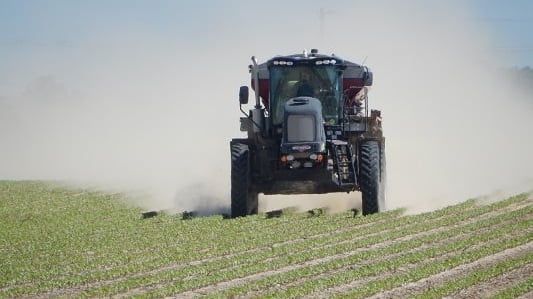
(VAN) The vice president of fertilizer with Stone X Group says the Trump administration’s tariffs are impacting fertilizer markets.
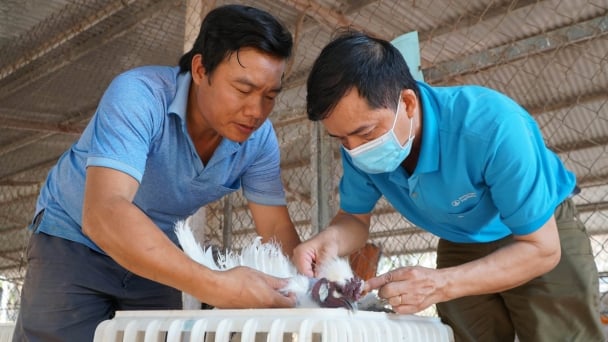
(VAN) Resolution 57 offers Vietnam a significant opportunity to narrow the global genetic technology disparity and convert its extensive genetic resources into commercial advantages.